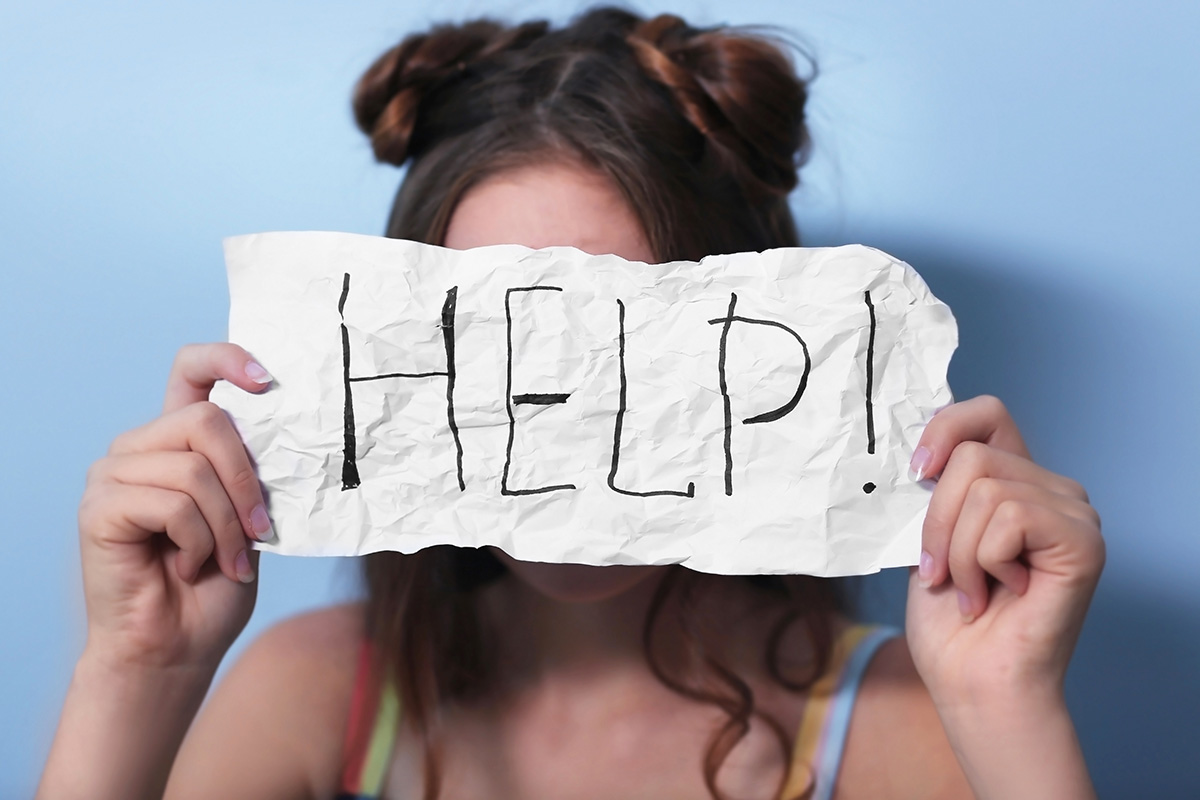For the first time in more than two decades, suicide is killing more teenagers than homicide. Teen suicide is on the rise. Time Magazine reports that anxiety and depression is skyrocketing with an estimated 30% of girls and 20% of boys (about 6.3 million teens) have reported anxiety disorders and three million teens ages 12 to 17 having had at least one major depressive episode.
The question we need to be asking is not just “Why?” but “what is the answer to changing the tide that is engulfing our suicidal and anxious youth?” This generation is desperate for help…so what do we have to offer? Where do we, professionals, begin? I propose that we need to begin with looking at the society our children now live in. I believe that the “iFamily”, the family centered around technology, is the new normal and the root cause of many of our teen’s struggles.
What is an iFamily?
These are the signs that you have encountered an “iFamily” if …
- Parents and kids are texting each other in conversation instead of talking over dinner.
- Pictures on wall, board games, and family night are replaced by a flat screen TV in every room, computer games, and time spent alone on sites like Facebook, Instagram, or Netflix.
- Family members exhibit “nature-deficit disorder.” They spend hours online and indoors rather than hiking, swimming, or other outdoor activities.
- Family members go directly to technology when they feel depressed or feel any negative feelings instead of talking to one another.
- Family members are constantly checking their social accounts instead of talking with one another.
- One or more family members feel withdrawal symptoms (angry, irritated, or depressed) if they are away from technology or the internet for longer than a day.
- A parent tries to “friend” their teen on Facebook to communicate with them instead of knocking on their bedroom door and asking to talk.
- A teenager shows sudden signs of depression or anxiety almost overnight and their social accounts more frequently. This may be a sign of cyberbullying.
Causes of the iFamily, Teen Suicide, and Other Mental Health Problems
Technology cannot be a supplement or substitute for family connection and quality time between parent and child. This is because the direct link between an iFamily and a lack of emotional connection can be profound. Research studies support this link.
A recent study published in the Journal Clinical Psychological Science, showed that the use of electronic devices including smartphones has more than doubled to five hours per day from 8 percent in 2009 to 19 percent in 2015.
Teenagers who spent the most time glued to their phones were 70 percent more likely to have suicidal thoughts or actions than those who reported one hour of use per day.
In other words, it is a major concern if family members go directly to technology when they feel depressed or any negative feelings instead of talking to one another. This lack of emotional connection between parent and teenager can become the perfect storm when a crisis hits such as being bullied in school or drug addiction.
One Solution: Reconnecting Parent and Teenager
However, just because a family fits the criteria for an iFamily does not mean that their teenager will become suicidal or experience anxiety, depression, or other mental problems. The key is that an iFamily environment causes its members to be less connected and more vulnerable to stress or crisis. It is analogous to someone who may be immune deficit and therefore more susceptible to colds or other illnesses.
Therefore, one of the best potential solutions for problems and potential issues within an iFamily is preventive maintenance before a crisis hits or to actively increase emotional bonds if the child or teenager is currently depressed or suicidal.
An Ounce of Prevention
The Number #1 tool or technique we use at the Family Systems Trauma Institute is called the Positive Teen Report (PTR).

The PTR provides a clear road map for the parent or caregiver to inject consistent unconditional nurturance and bonding. This tool establishes lost emotional connections between parent and child. In turn, this counteracts the negative effects from an iFamily environment.
For example, if a teenager or parent goes directly to technology when they feel depressed or feels any negative feelings, the PTR interrupts this routine by allowing the parent and teen to emotionally bond each day. It is both prevention and a jump start solution if the teenager is already experiencing mental health issues.
Using this technique, the parent or caregiver hands their teenager an average of 1 PTR per day unconditionally.
Conclusion
Not every iFamily will have this kind of transformation. However, the PTR is a concrete technique to get a emotionally disconnected family unstuck or prevent disconnectedness all together.
If technology can cause a teenager or parent to become distant or isolated, a technique or tool like the PTR can fill in the missing gaps. Human beings crave emotional bonding and something as small as the PTR can go along way to jump starting the process. It can help move a depressed, anxious, or suicidal teenager from a place of hopelessness to one of hope.
The PTR represents a concrete solution to show parents how to reclaim their offspring from the negative impact of technology and how to bring a suicidal, anxious, or depressed teenager back from the brink.
Scott P. Sells, PhD, MSW, LCSW, LMFT, is the author of three books, Treating the Tough Adolescent: A Family-Based, Step-by-Step Guide (1998), Parenting Your Out-of-Control Teenager: 7 Steps to Reestablish Authority and Reclaim Love (2001), and Treating the Traumatized Child: A Step-by Step Family Systems Approach (2017). He can be contacted at spsells@familytrauma.com or through LinkedIn.

